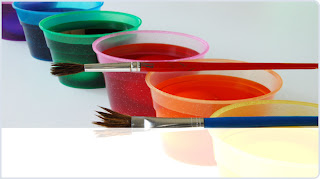| Lisbon |
Year 11 - Time's up. Please hand in your project today!
Have a wonderful holiday and good luck next term!
| Lisbon |
Teaching Aid Project
Some teachers and departments who have already identified a need and would like to be part of our project are:
Ms. Odelson,Librarian,
Ms. Tsonis, English
Ms. Rublee, Art;
Ms. Bouvet, French;
Ms. Dietrich, EAL;
Ms. Dietrich, IT;
Ms. Castro, Music;
Mr. Blackburn, PE.
Also, approach your favourite teacher and ask if he/she has a need.


 Year 11, you are spoiled for choice (hahaha). When creating an online portfolio there are many options to choose from.
Year 11, you are spoiled for choice (hahaha). When creating an online portfolio there are many options to choose from.-From my research I found out . .
-I have discovered that . . .
-My conclusions are that . . .
-I have kept my research relevant by . . .
-I found ICT helpful when . . .
 Year 11 - We've had a great start.
Year 11 - We've had a great start.1) Today I would like to INVESTIGATE e-portfolios/online portfolios/digital portfolios. Gather ideas to help you plan your product.







Starting Questions that can be useful while undergoing research: Why? When? Where? What? How many? How often? How much?
